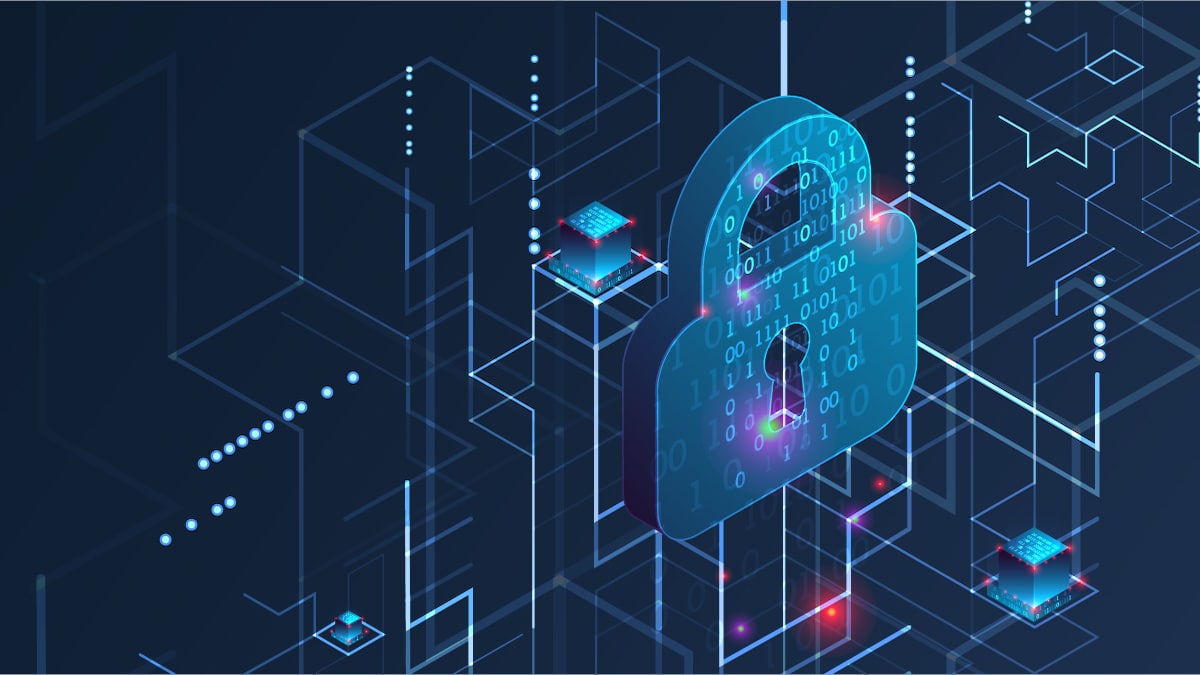Network Security for Live Events and Broadcasts: Why It Matters More Than Ever
02 October
In the age of hybrid experiences, live-streamed events and digital broadcasts are the new norm — from Glastonbury performances and Premier League matches to corporate AGMs and political conferences. While the focus often falls on production quality and real-time audience engagement, one critical area is frequently overlooked: network security.
As UK-based events become increasingly reliant on digital infrastructure, the risks of cyberattacks, data breaches, and stream hijacking have never been higher. So, how can organisers, broadcasters, and AV teams secure their events without compromising on performance?
Why Network Security is Crucial for Live Events
Live events are uniquely vulnerable. They often involve:
-
Temporary, high-bandwidth networks
-
Numerous access points for vendors, crew, and press
-
Real-time data transfer (streaming, voting, audience interaction)
-
Valuable intellectual property (e.g. unreleased music, sensitive presentations)
Any breach — whether it’s a DDoS attack, ransomware, or a rogue access point — can lead to downtime, reputational damage, or financial loss.
Case in Point: Euro 2024 Cyber Threats
During the Euro 2024 broadcasts, several broadcasters across Europe reported cyber threats attempting to disrupt live feeds. While none succeeded thanks to hardened defences, the events served as a stark reminder: live = target.
Top Threats Facing Live Broadcasts
Here’s what you should be looking out for:
-
Distributed Denial of Service (DDoS) Attacks
Overwhelm your network, leading to service disruption or latency. -
Stream Hijacking or Piracy
Unauthorised access to live feeds can lead to content theft or tampering. -
Unsecured Wi-Fi and Rogue Devices
Open or poorly secured access points can be exploited by bad actors. -
Phishing and Social Engineering
Crew and vendors may be targeted with fake login portals or messages to gain network credentials. -
Insider Threats
Temporary staff or subcontractors might inadvertently (or intentionally) introduce vulnerabilities.
Building a Secure Network for Your Event
Here’s how to lock down your live environment:
1. Segment Your Network
Create dedicated VLANs for production, public Wi-Fi, media, and vendors. Limit cross-access to prevent lateral movement.
2. Deploy Real-Time Monitoring
Use intrusion detection systems (IDS), network monitoring tools, and traffic analytics to spot anomalies fast.
3. Enforce Strong Authentication
Use WPA3 for Wi-Fi, implement multi-factor authentication (MFA) for admin access, and audit all device connections.
4. Patch and Update All Systems
Temporary networks often use hired gear. Ensure firmware, firewalls, and endpoints are fully up to date.
5. Have a Response Plan
Define protocols for what happens if the stream goes down, the network is compromised, or data is leaked. Include both technical and PR contingencies.
Partnering with the Right Cybersecurity Team
Many UK production companies are now integrating cybersecurity consultants into their event planning processes — just like health & safety officers or insurance partners. If you’re relying on streaming tech, cloud platforms, or remote contribution workflows, cybersecurity isn’t optional.
Consider vendors that:
-
Have experience in the live events/broadcast industry
-
Understand UK data protection and compliance (e.g. GDPR)
-
Can scale protection from small-scale corporate events to global festivals
Final Thoughts
The magic of live events lies in their immediacy — but that same immediacy also makes them high-risk. Investing in robust network security isn’t just about avoiding disaster. It’s about protecting your reputation, your audience, and your bottom line.
So next time you’re planning a live stream or digital broadcast, ask yourself:
Is your network as secure as your main stage?
Need help securing your next event?
Our team specialises in broadcast-grade cybersecurity for live events across the UK and Europe. Get in touch to discuss a tailored security plan.
